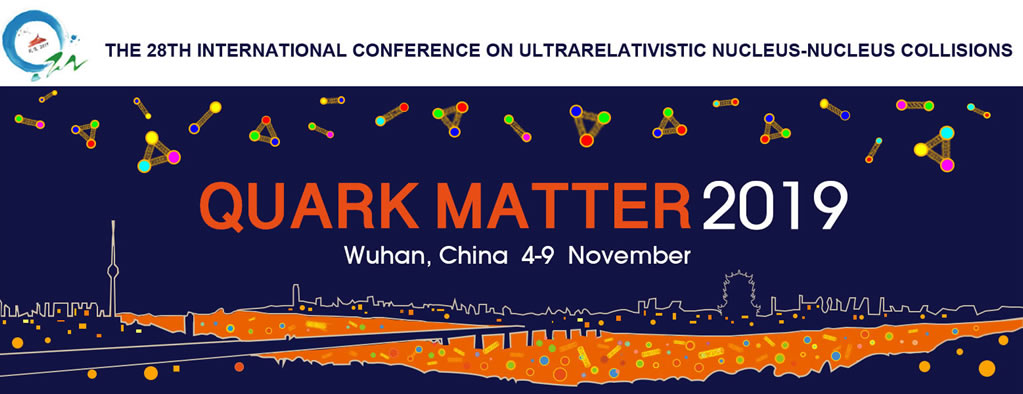Speaker
Description
Heavy quarks (charm and beauty) are an effective tool to study the properties of the Quark-Gluon Plasma (QGP) formed in heavy-ion collisions at the LHC. Due to their large mass, they are produced during the early stages of the collisions in hard-scattering processes, on a time interval shorter than the QGP formation time. Thus, they experience the whole evolution of the system. The baryon-to-meson ratio is sensitive to the hadronisation mechanism. In particular, it is expected to be enhanced with respect to the proton-proton baseline if charm quarks hadronise via recombination with the surrounding light quarks in the QGP. Measurements of charm-baryon production in small systems (pp and p--Pb collisions) provide the reference necessary for interpreting results in Pb--Pb collisions. In addition, in pp collisions, they allow to study the hadronisation of charm quarks, and allow testing QCD calculations. Measurements in p--Pb collisions are fundamental to disentangle cold nuclear matter effects from those deriving from the presence of the QGP.
In this contribution, the latest ALICE measurements on the $\Lambda_c$ baryon production and the $\Lambda_c / \rm D^0$ ratio in pp and p--Pb collisions at $\sqrt{s}$ = 5.02 TeV will be presented. Results will be compared with theoretical expectations. In addition, the latest results on the multiplicity dependent production of the $\Lambda_c$ baryon in pp collisions at $\sqrt{s}$ = 13 TeV will be discussed. Furthermore, the measurement of the $\Xi_c$ baryon in pp collisions at $\sqrt{s}$ = 7 TeV will be presented. Finally, the latest updates on the measurements of the $\Xi_c$ baryon in pp and p--Pb collisions at 5.02 TeV will be discussed together with the status of the measurement of the $\Sigma_c$ baryon.
